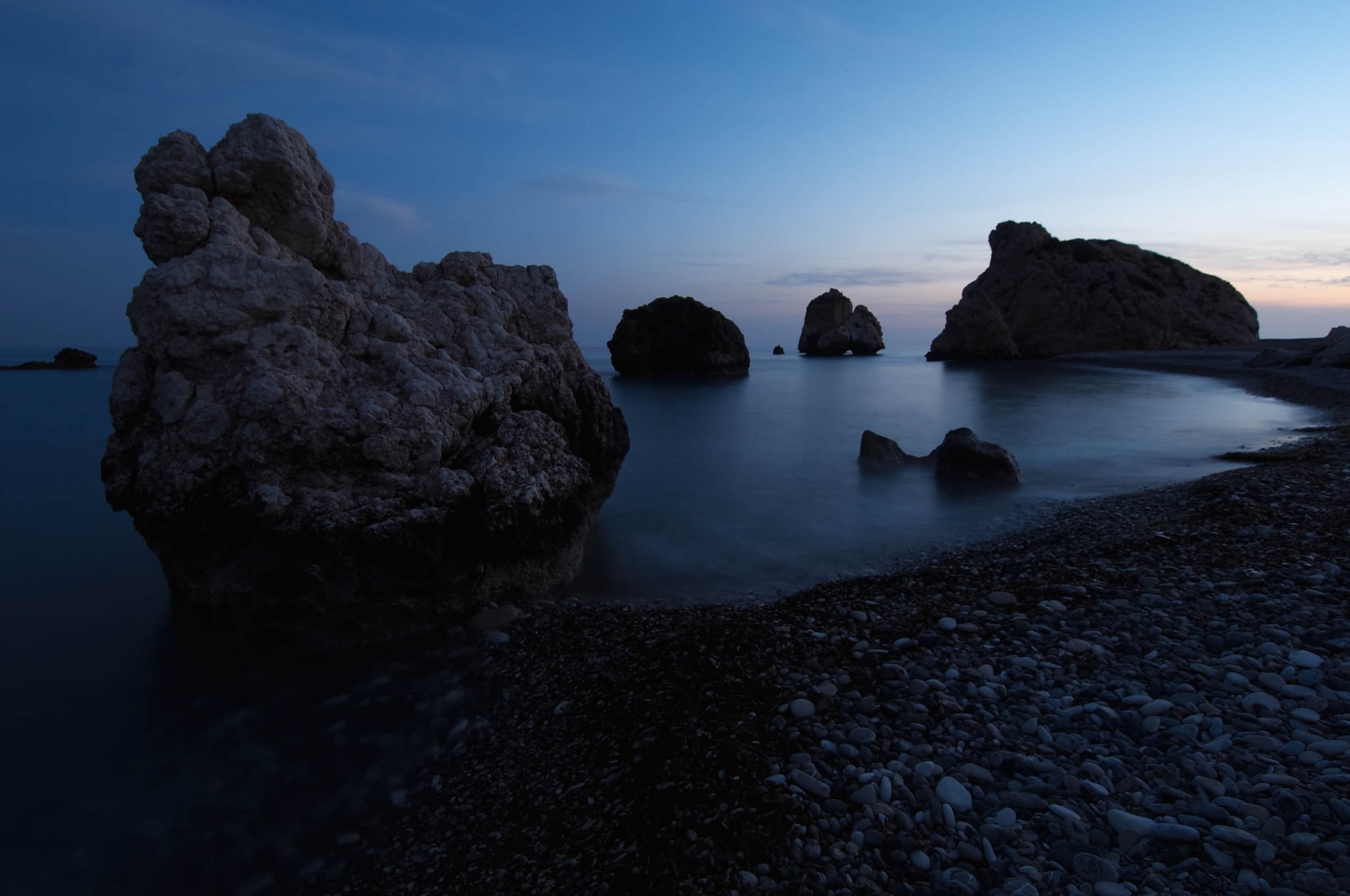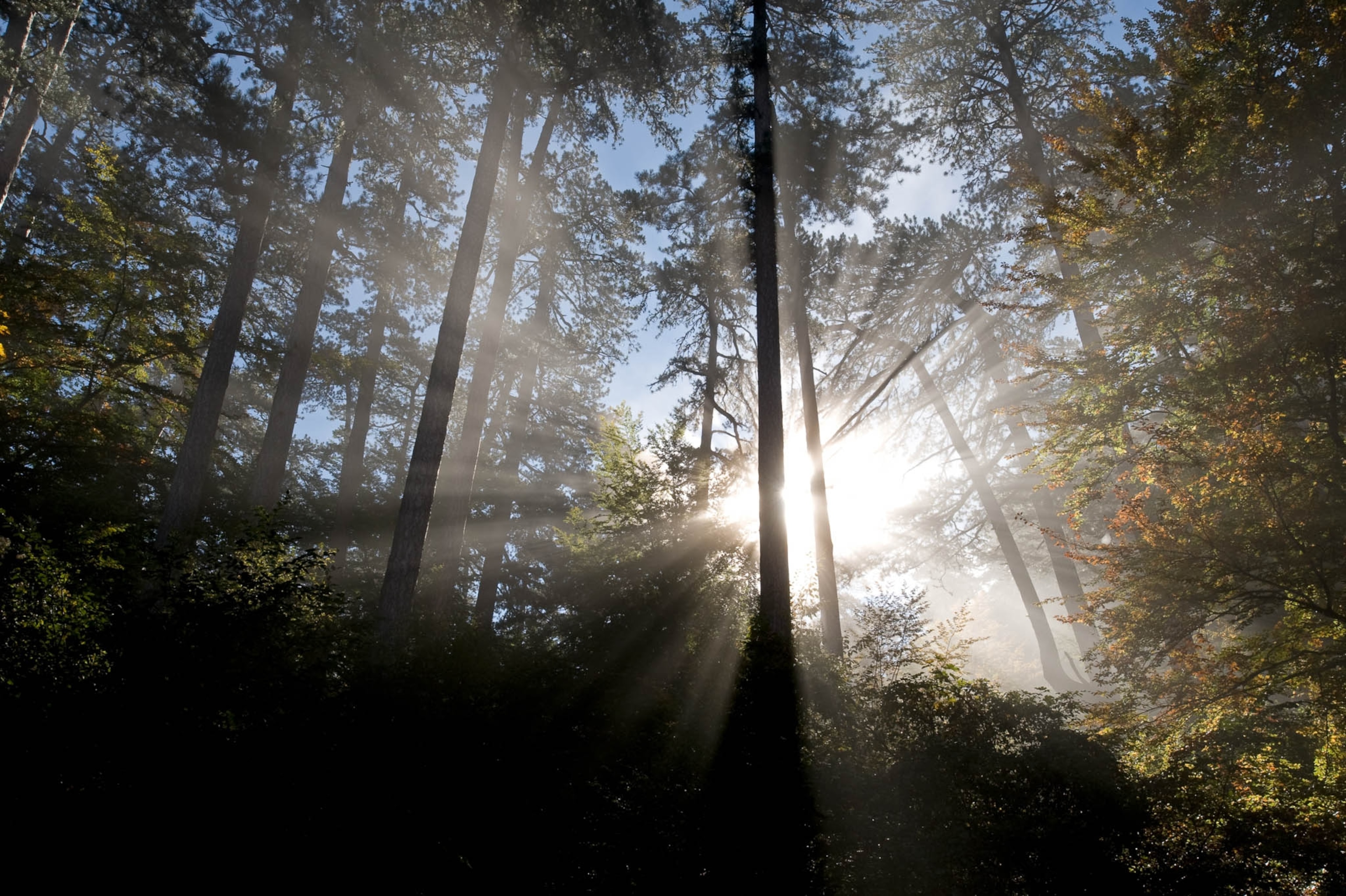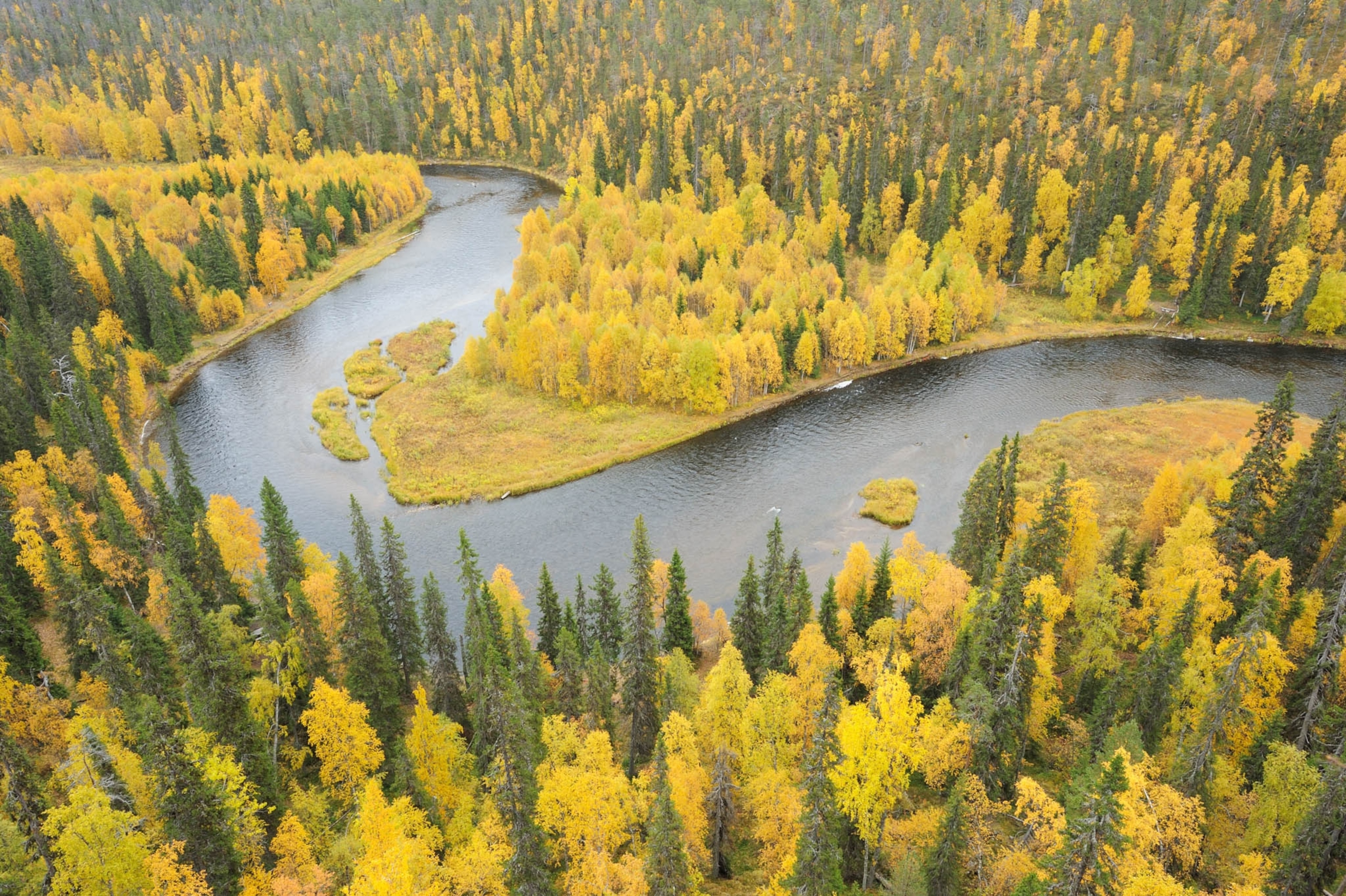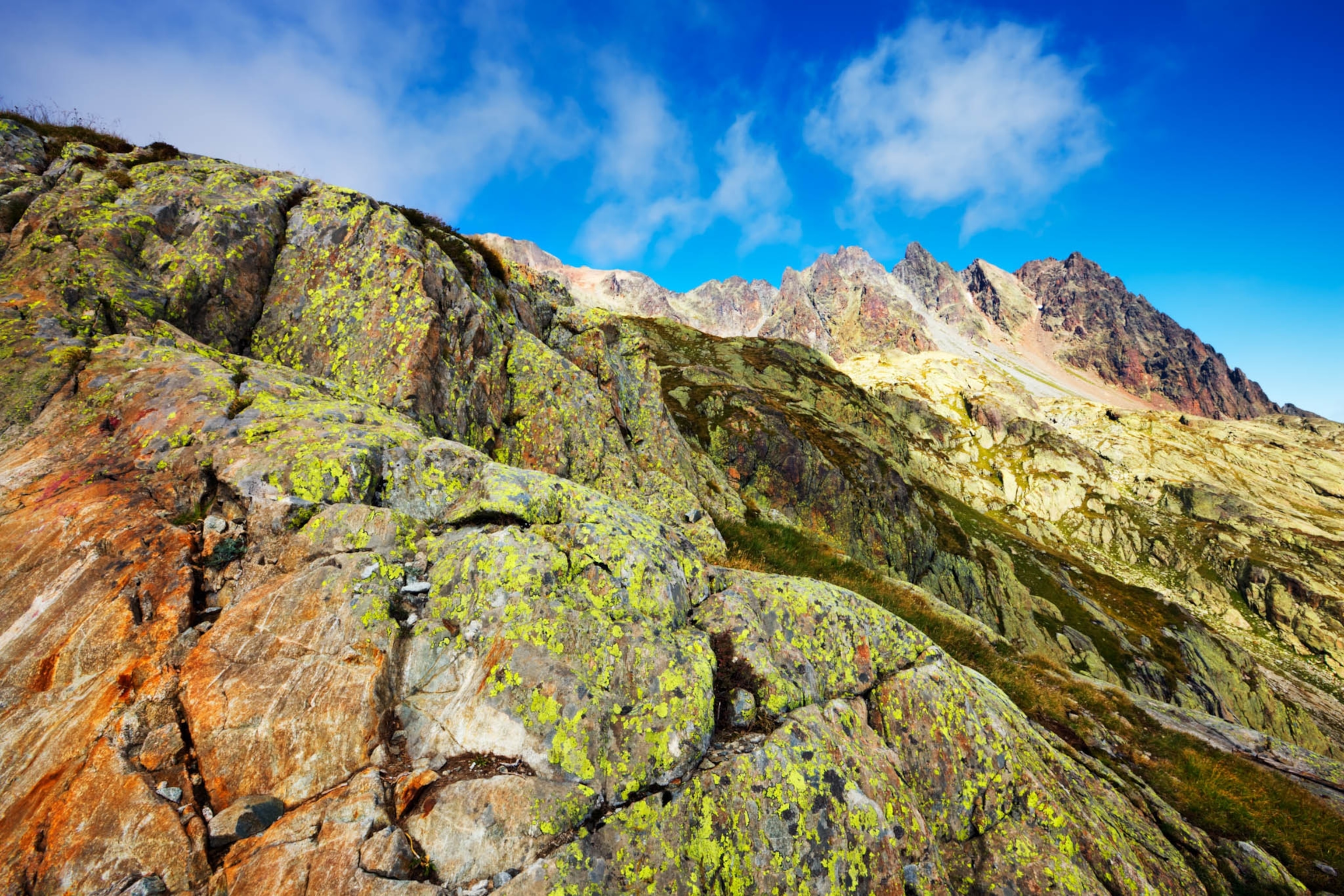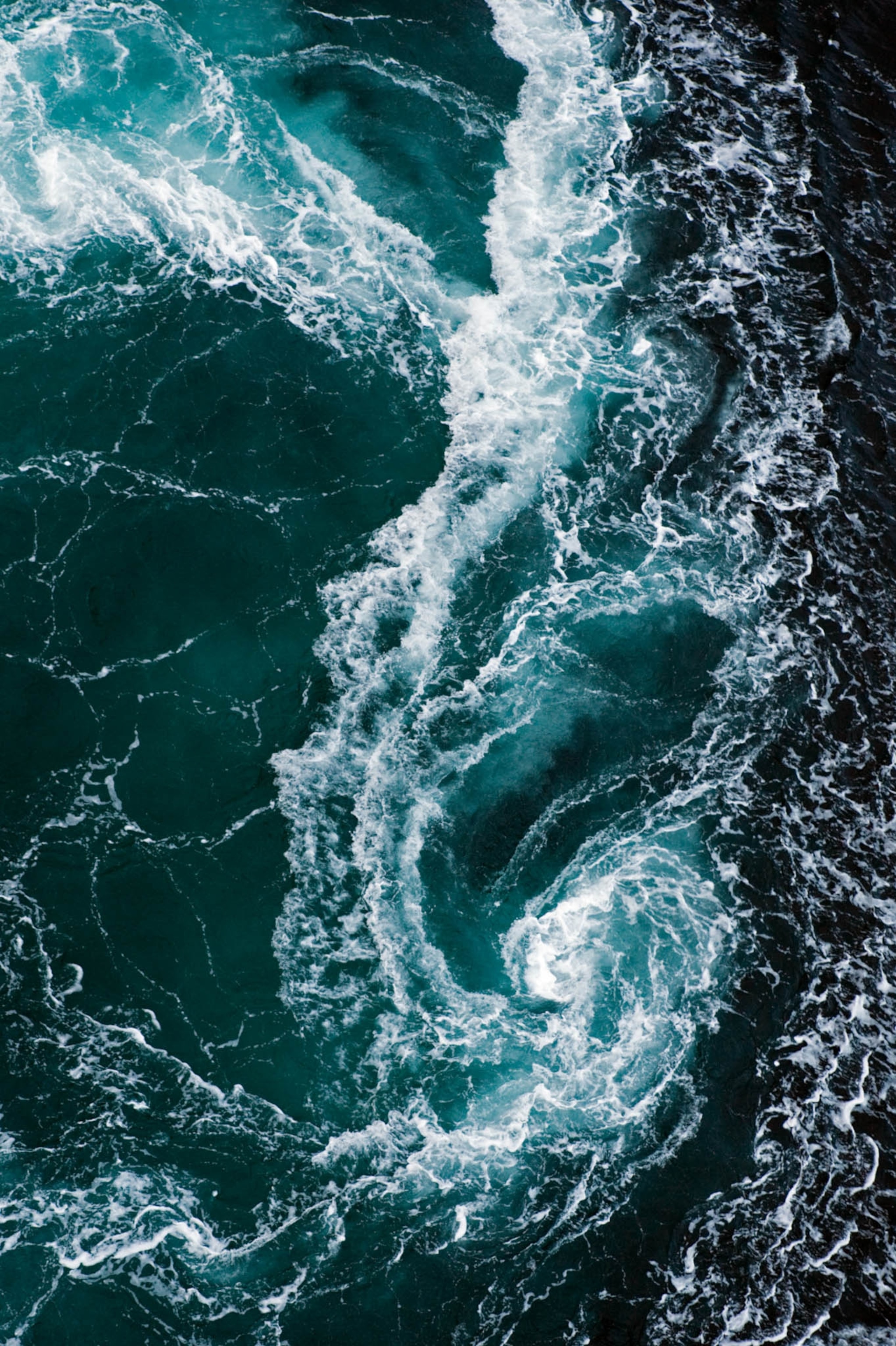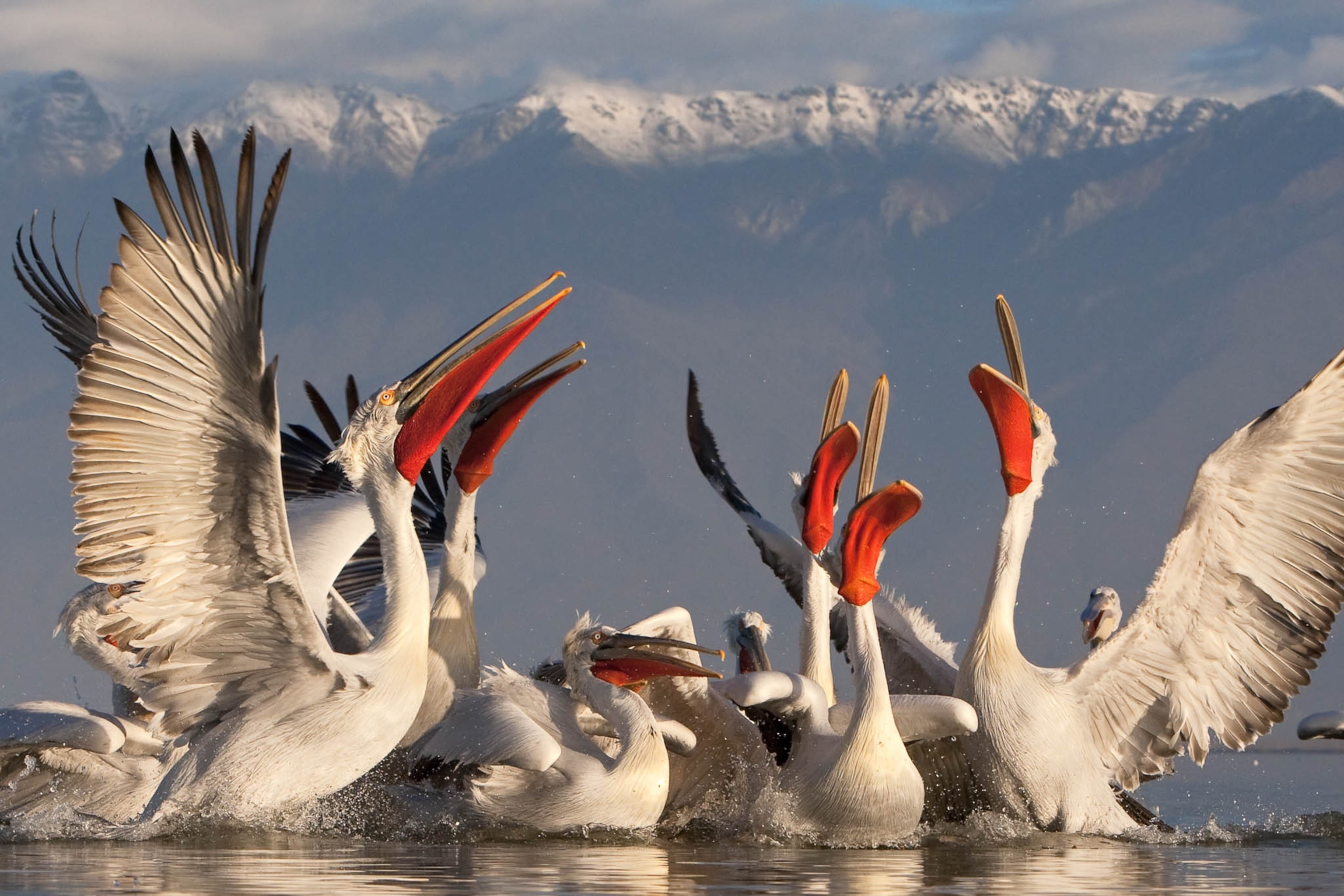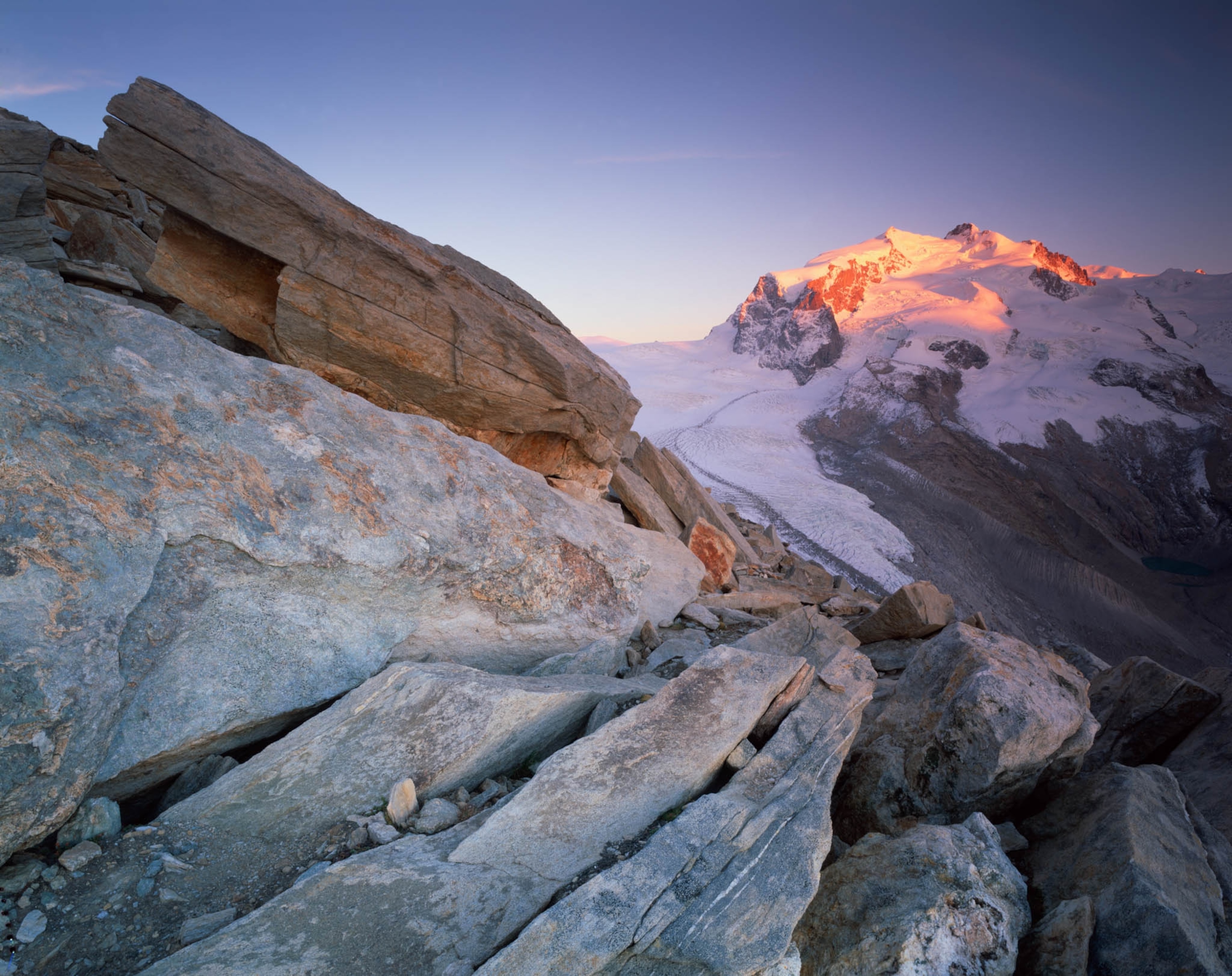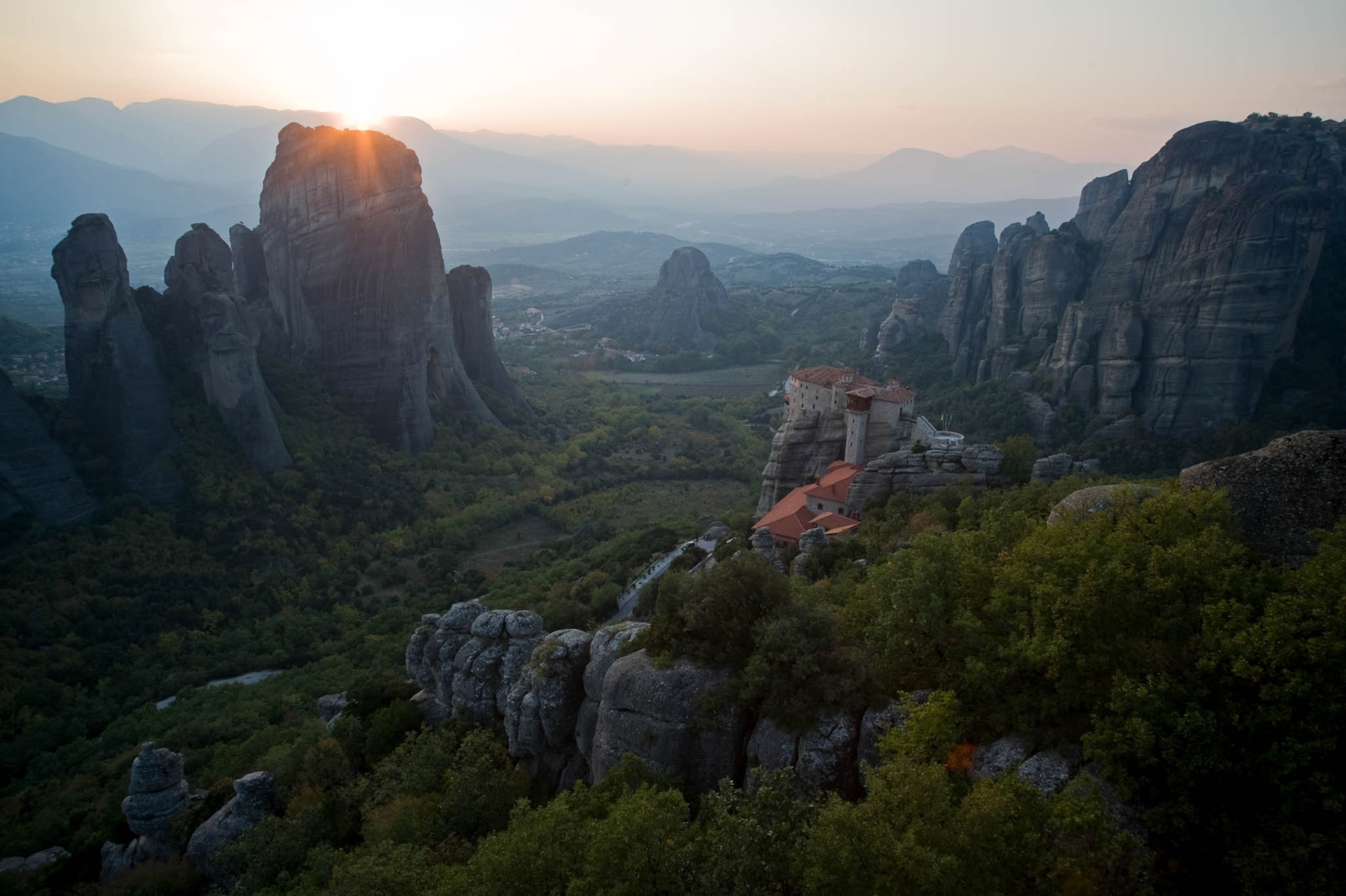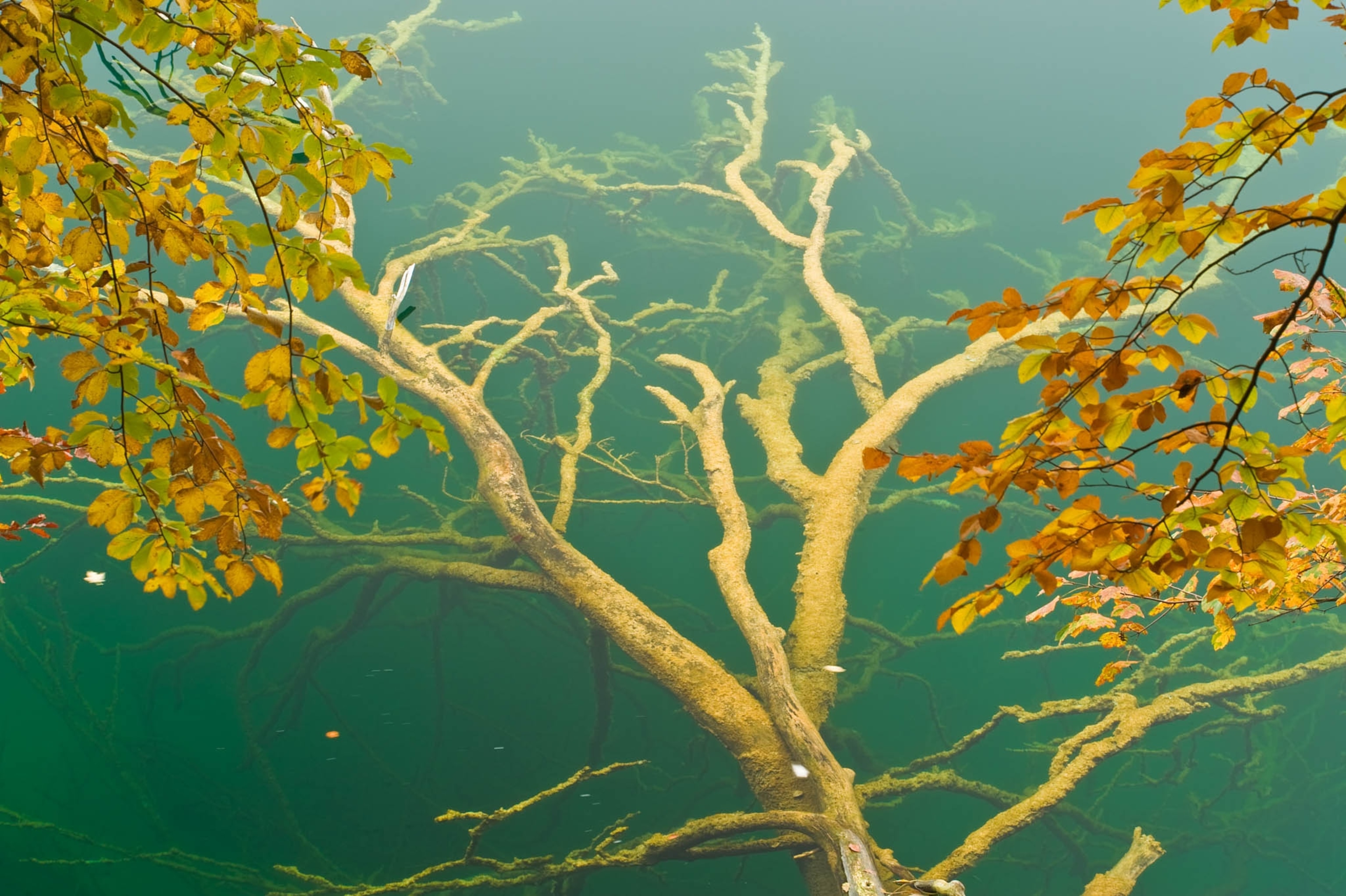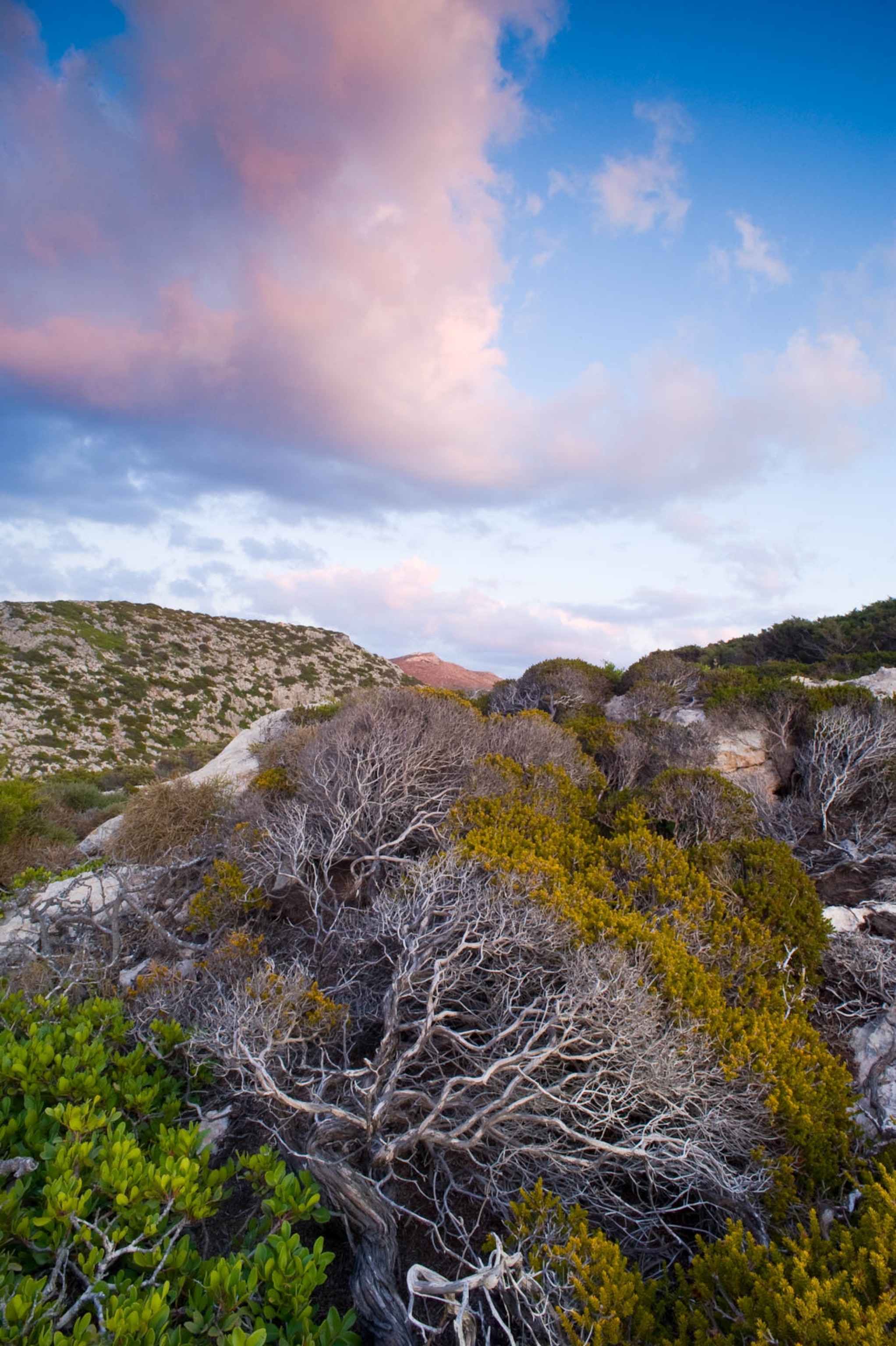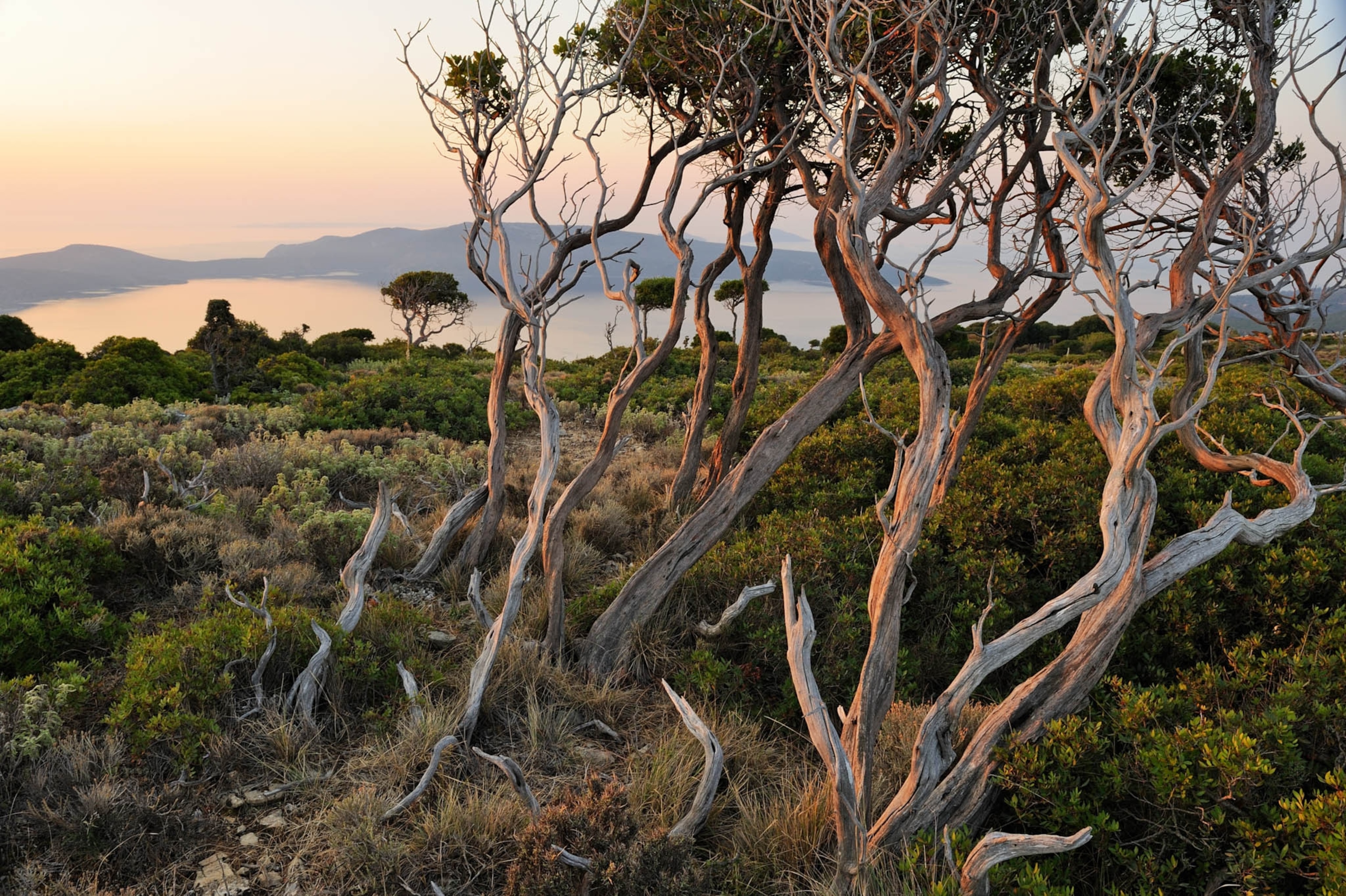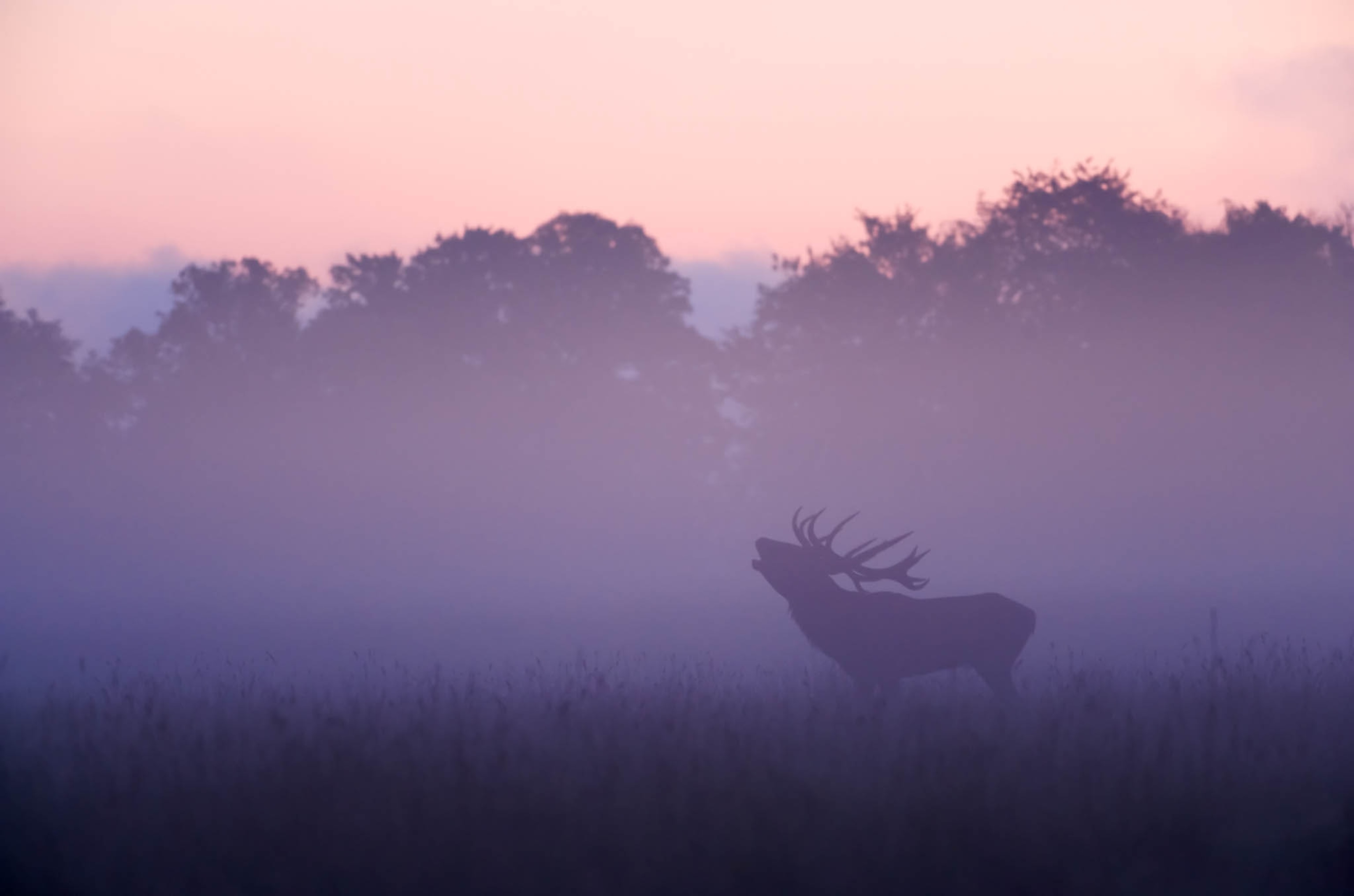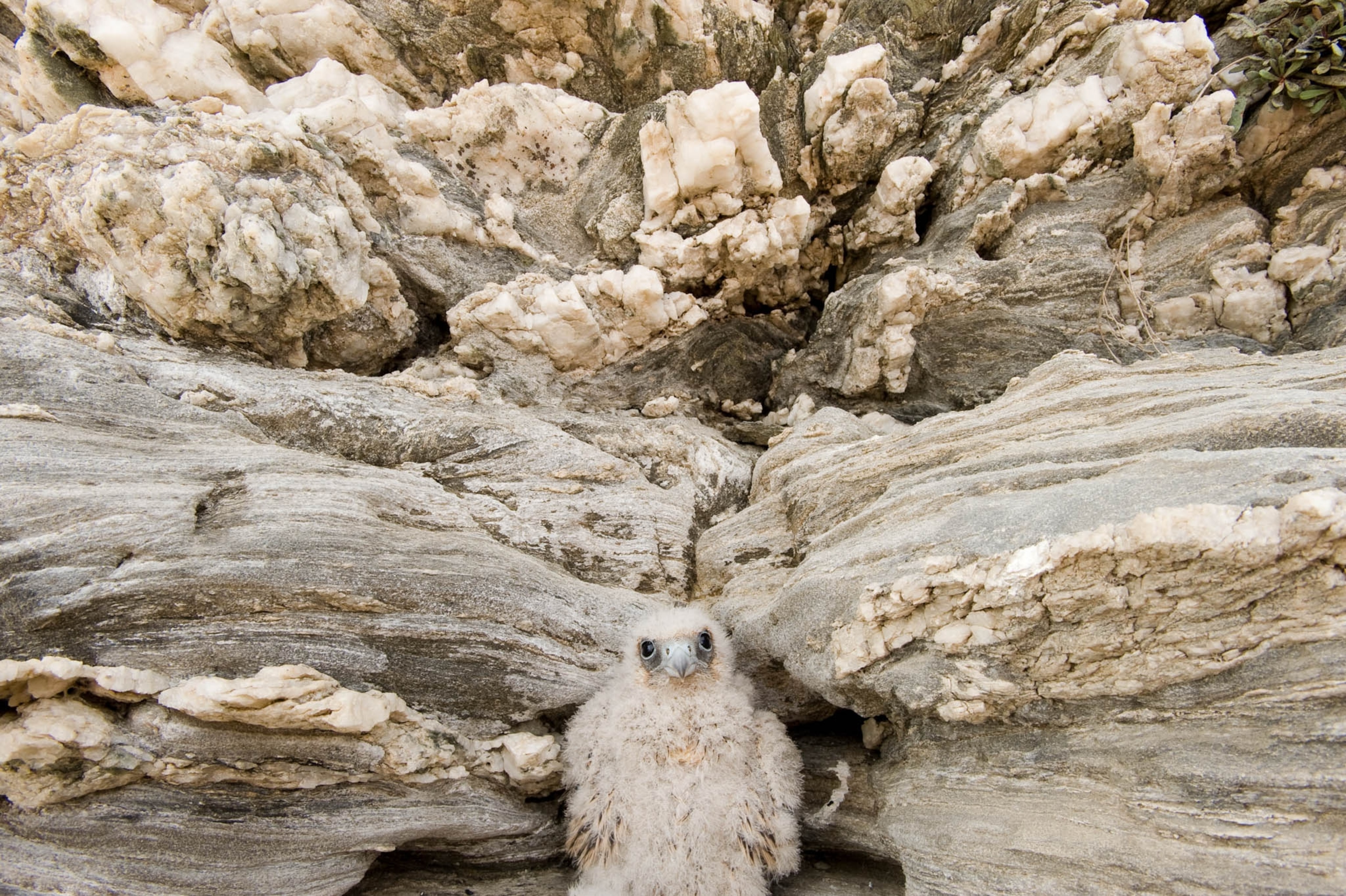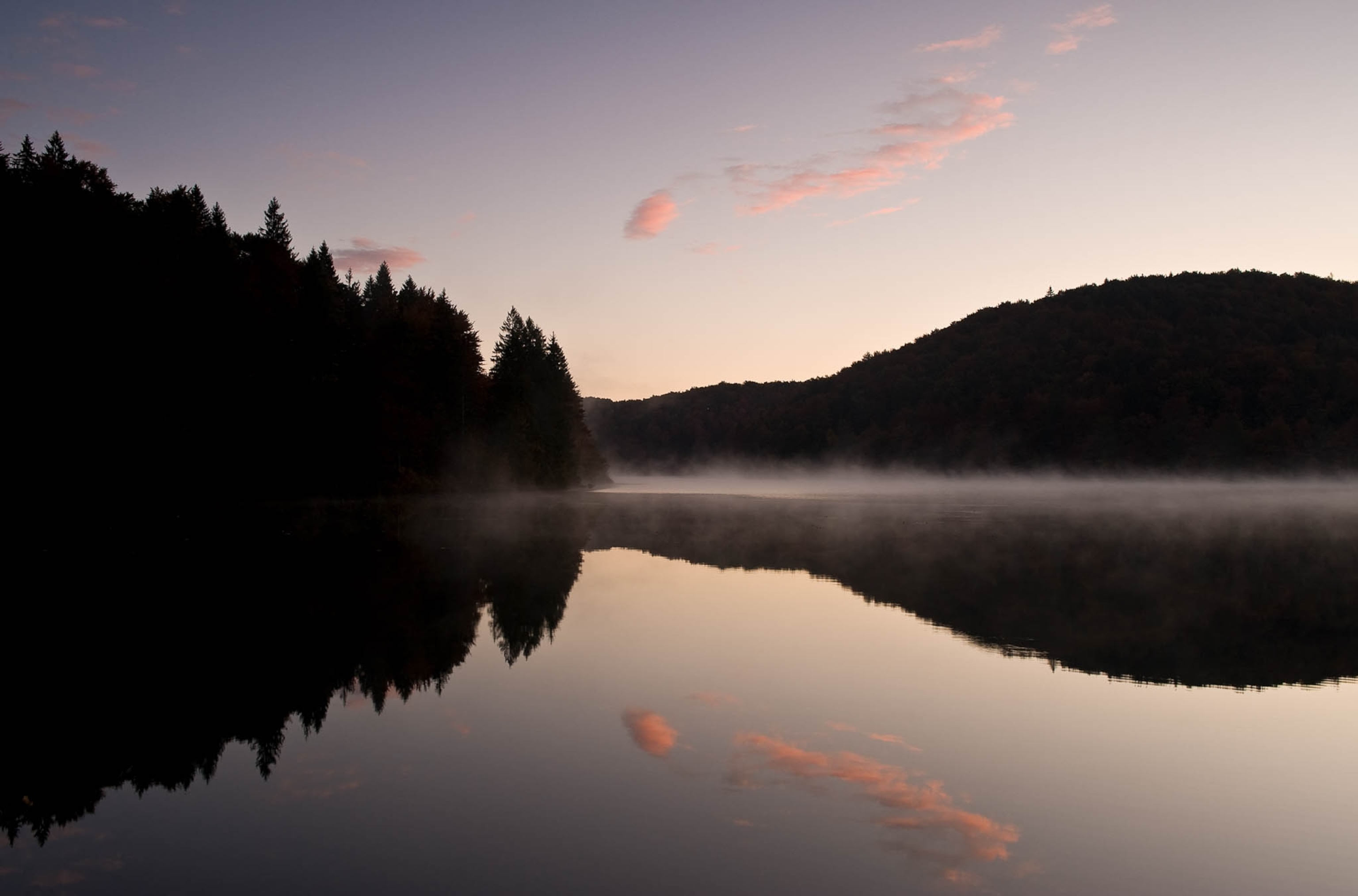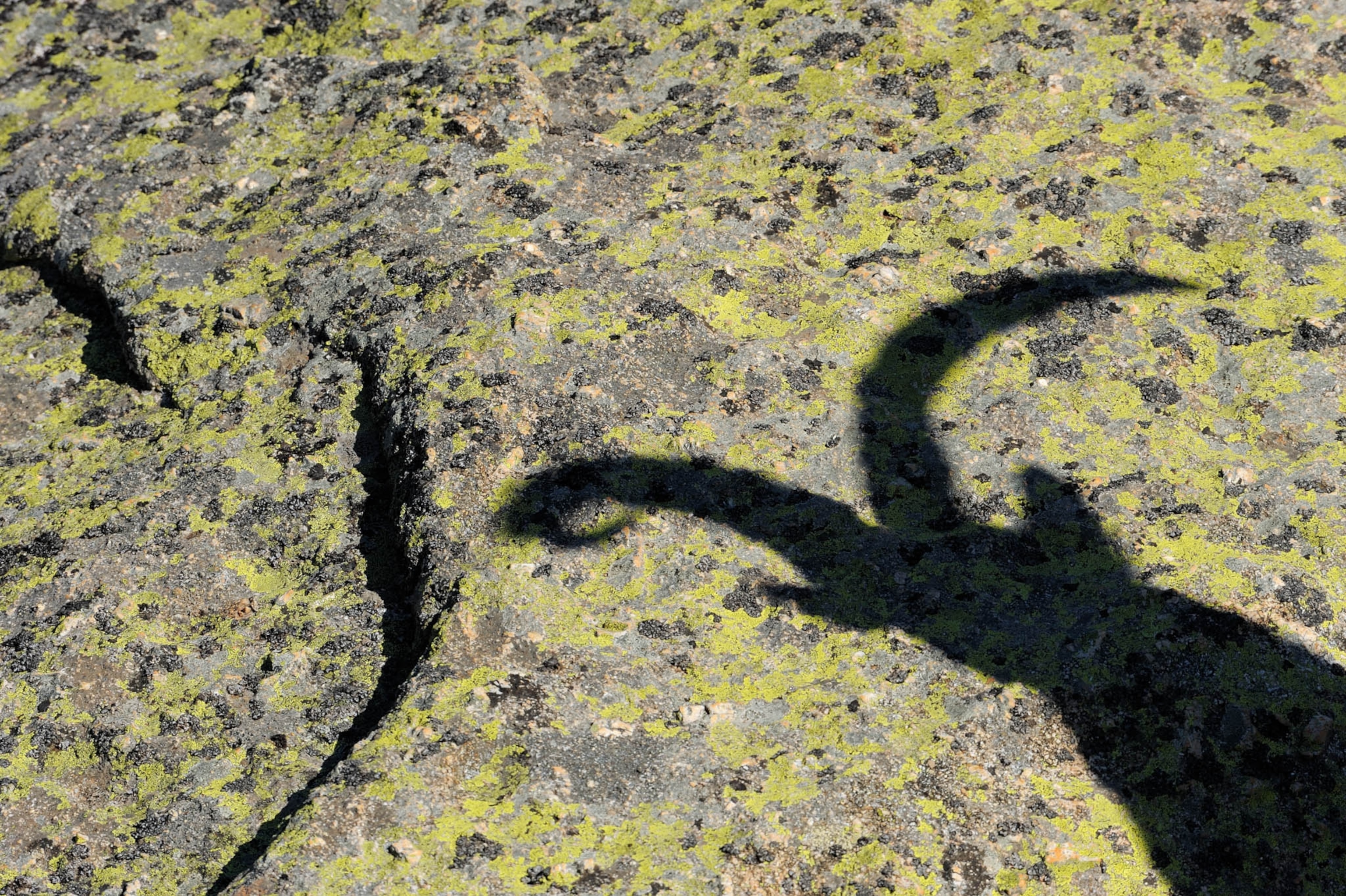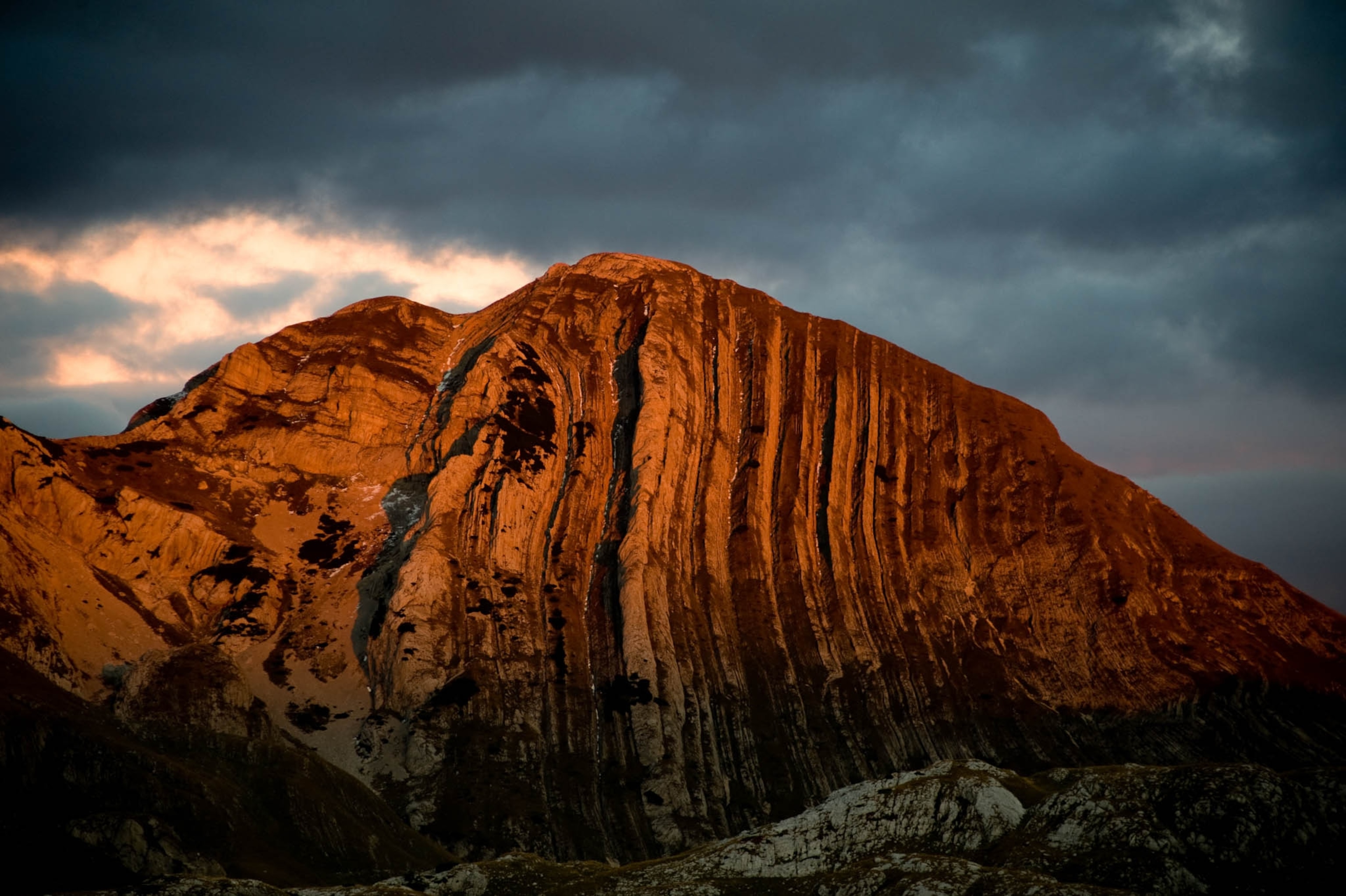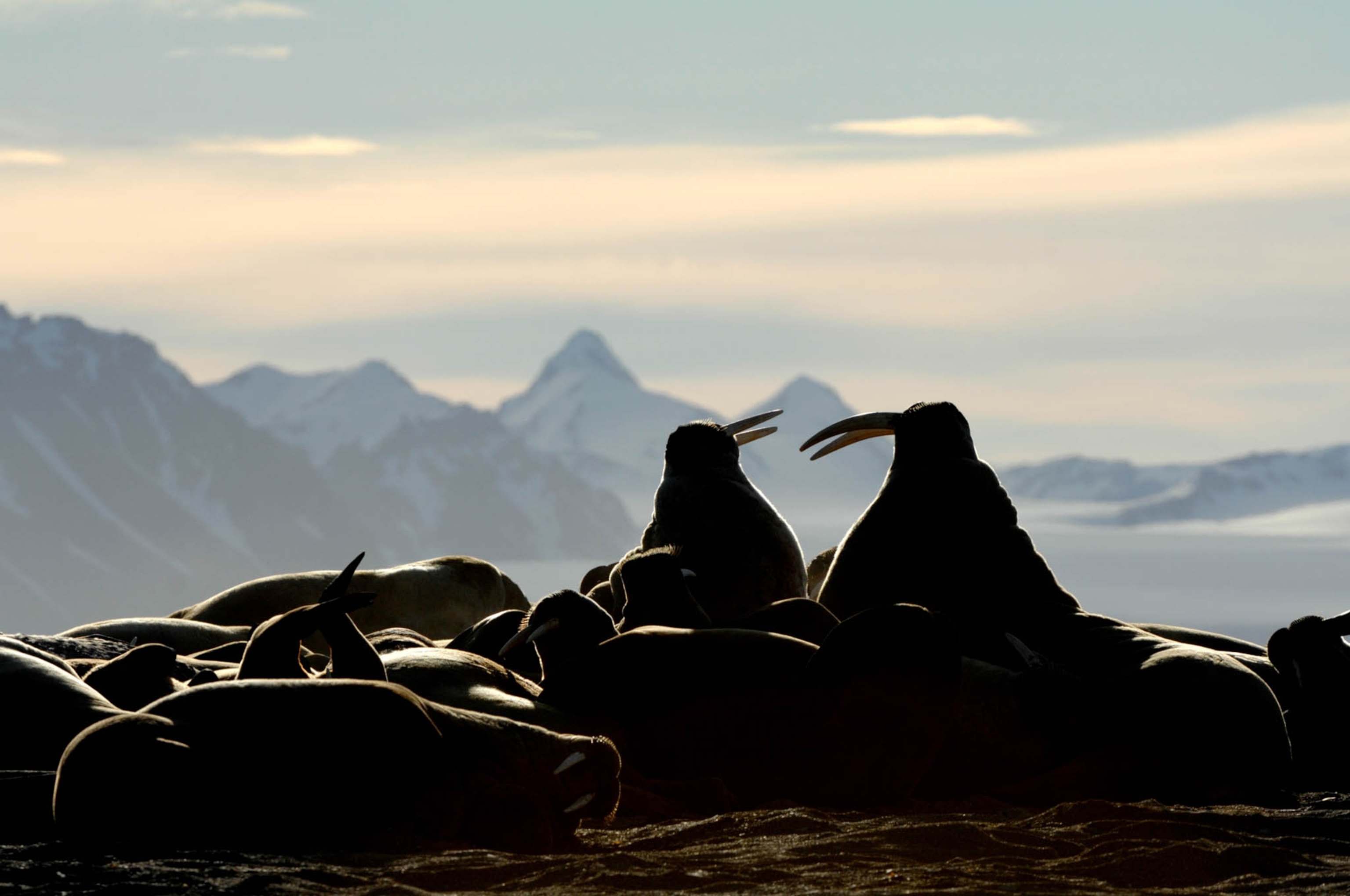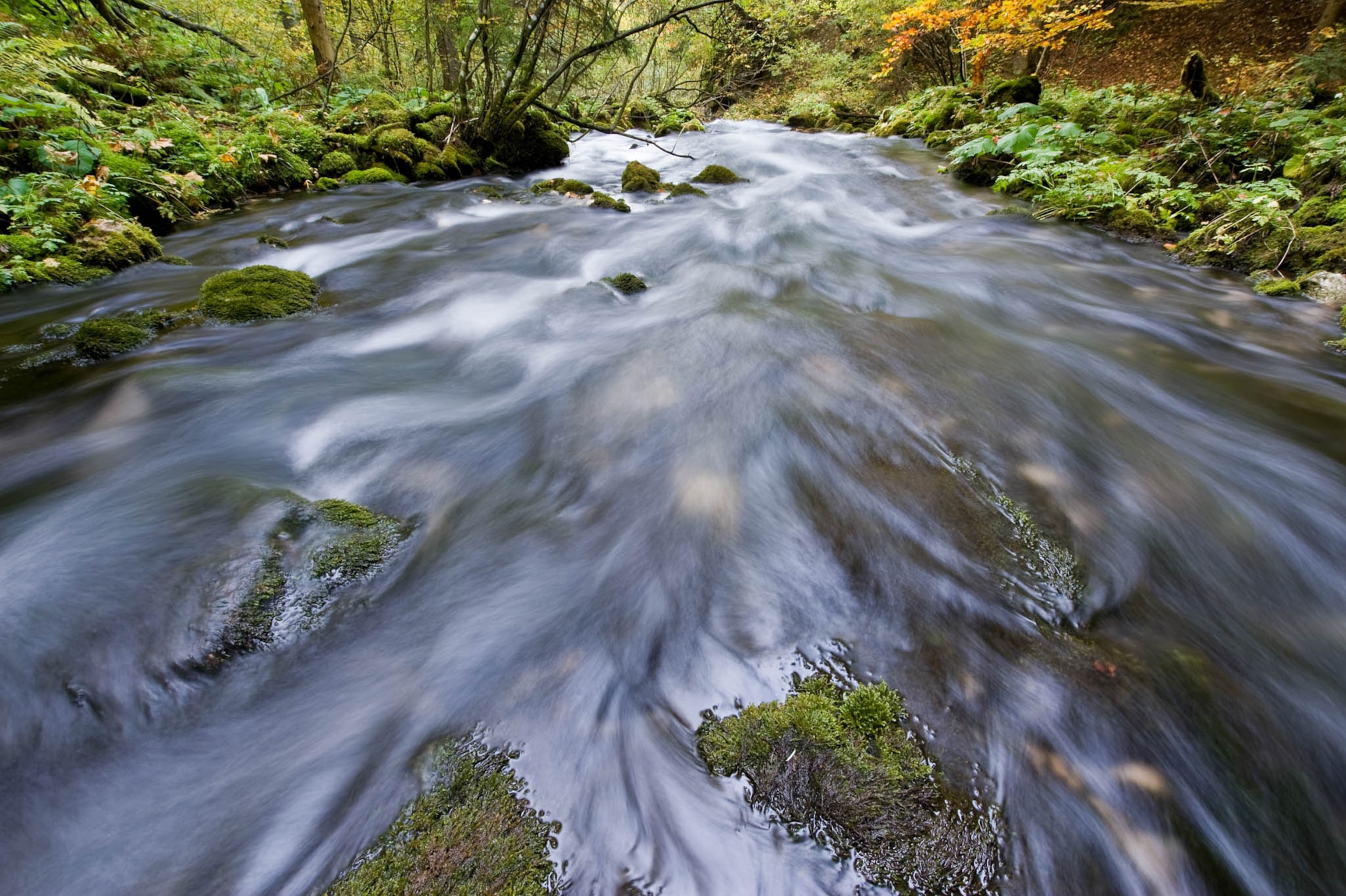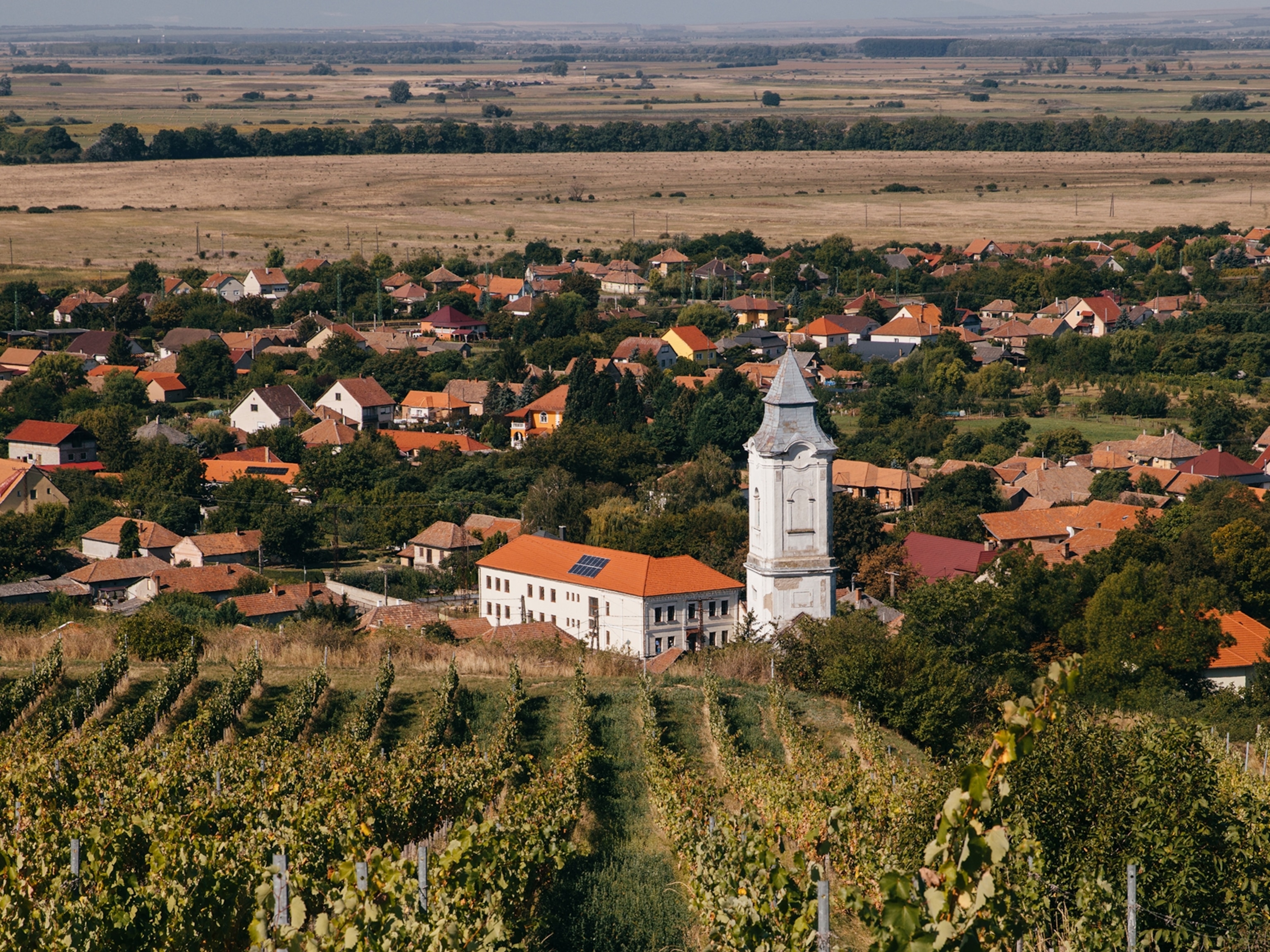
5 Reasons to Visit the Frisian Islands Now
The Wadden Sea Islands and their unique mudflats comprise a UNESCO World Heritage site shared by Germany, Netherlands, and Denmark.
The Frisian Islands, also called Wadden Sea Islands, form an archipelago in the North Sea, stretching all the way from the Netherlands to Denmark. They are divided into West, North, and East Frisian Islands. The biggest and most popular West Frisian island is Texel in the Netherlands, while among the North Frisian Islands, Sylt, Germany takes the first spot. The largest of the East Frisian Islands is called Borkum and belongs to Germany.
Because of their unique location, these islands form a mudflat region between the mainland and the North Sea. This is known as the Wadden Sea, an unbroken stretch of intertidal sandflats, mudflats and gullies stretching over an area over 300 miles. Its total area, including the terrestrial parts is almost 4,000 square miles.
It won't take long for visitors to fall in love with Sylt or Texel, or any of the smaller islands. The Frisian archipelago has something to offer for everyone, from the nature freak to the sports enthusiast, and occasionally even the foodie. Here are five reasons to visit now, but there are many more.
They’re undiscovered.
While the Frisian Islands in the Netherlands teem with Dutch and German tourists, it’s pretty rare to hear English spoken there. On Sylt, you’ll only hear German. For the average British or American tourist, the islands are not really on the beaten path and hardly the first place a traveler thinks of when visiting the Netherlands, Germany, or Denmark. But that doesn’t mean they’re not well worth a visit.
They hold incredible nature.
The islands feature a diverse and beautiful landscape consisting of beaches, dunes, forests, polders, and Pleistocene glacier sand deposits. The Wadden Sea, together with the mudflats that are exposed during low tides, is a UNESCO World Heritage site and a highly protected nature reserve, which requires cooperation between Germany, the Netherlands, and Denmark.
The mudflat area is a paradise for aquatic species such as worms, flatfish, crabs, mussels, or oysters. It also attracts around 12 million birds, and for 34 species of them, the Wadden Sea is a perfect stopping place on their migration routes or even forms their primary wintering or molting habitat.
Related Photos: Wild Wonders of Europe
They’re home to wadlopen.
During low tides, areas of the sea are laid dry, allowing nature and sports lovers to cross on foot from the mainland to the islands or from one island to another. This is known as wadlopen in Dutch, wattwandern in German, and vadevandring in Danish. If you want to give them a visit, choose an experienced tour guide as finding the routes can be tricky. These local experts also prove most familiar with the times for high and low tides, which is important as no one wants to be surprised by the sea in the middle of such a walk.
The islands have their own culture and language.
The islands have their own language and culture which is distinct from the culture of the mainland. The Frisian language is Germanic and bears a strong resemblance to English. Moreover, the Frisian Islands are home to food and drinks not available anywhere else. For example, the smalled Frisian island Vlieland is known for its algae cheese, and Terschelling, for its cranberries. Beer from Texel island is also quite popular in the Netherlands, while the German island of Sylt is famous for its fish restaurant chain, Gosch.
- National Geographic Expeditions
They may not be there for long.
Like many islands, the Wadden Sea Islands are under threat from climate change. As the water levels are rising and sand is being flushed away, they may disappear in a few decades. The effects of sea level rise of the Wadden Sea are limited for now, but rising sea levels could greatly alter the islands in the future.
Olga Mecking is a writer, journalist, and translator. She's originally from Poland but after living abroad in Germany and Canada, she has settled in the Netherlands with her German husband and three children.

